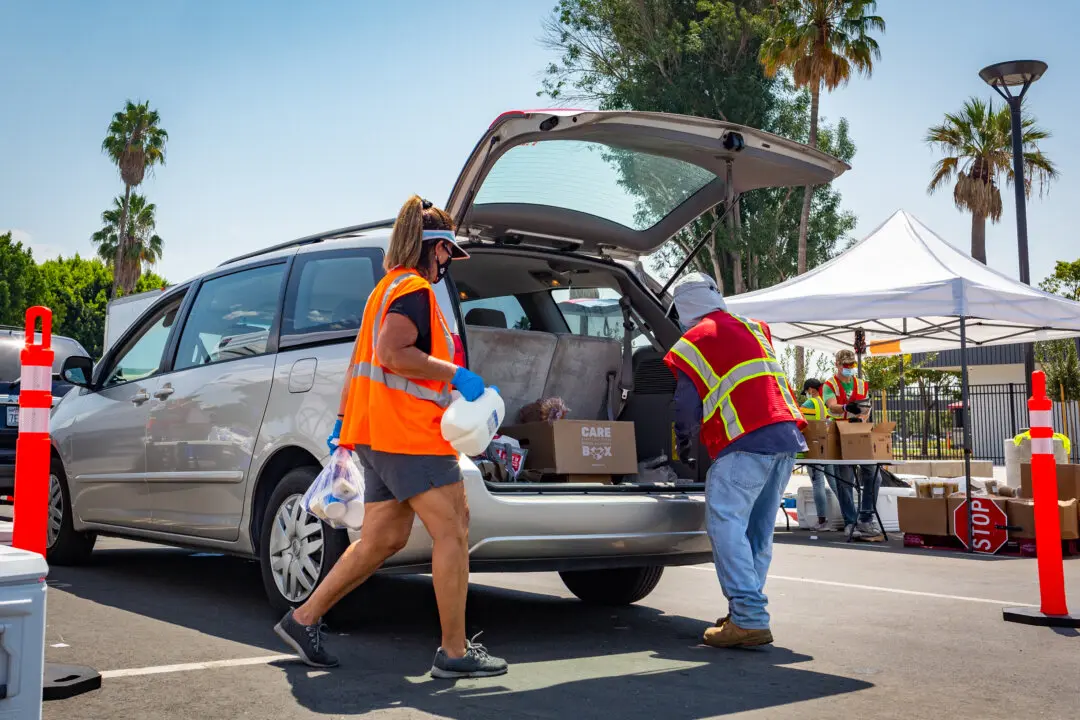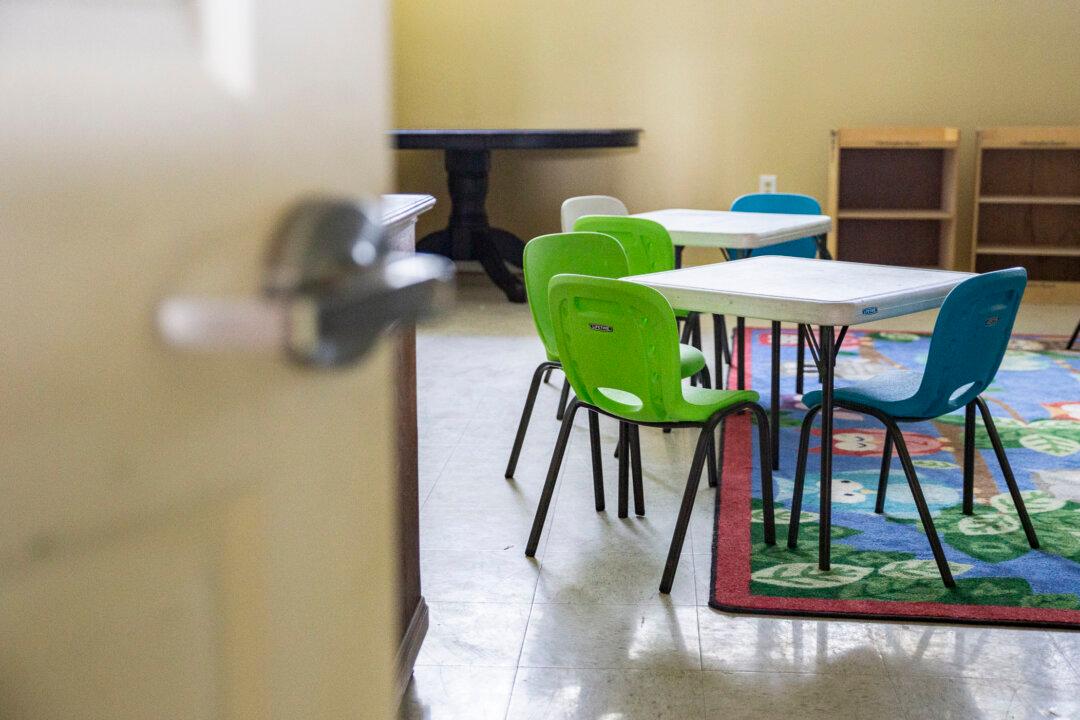Commentary
“How many different kinds of curricula are there in the state’s public school system?” This is a regular question concerned Californians ask when discussing education policy, especially with how politicized our K–12 classrooms are these days. The answer, however, is not what many think it is.





